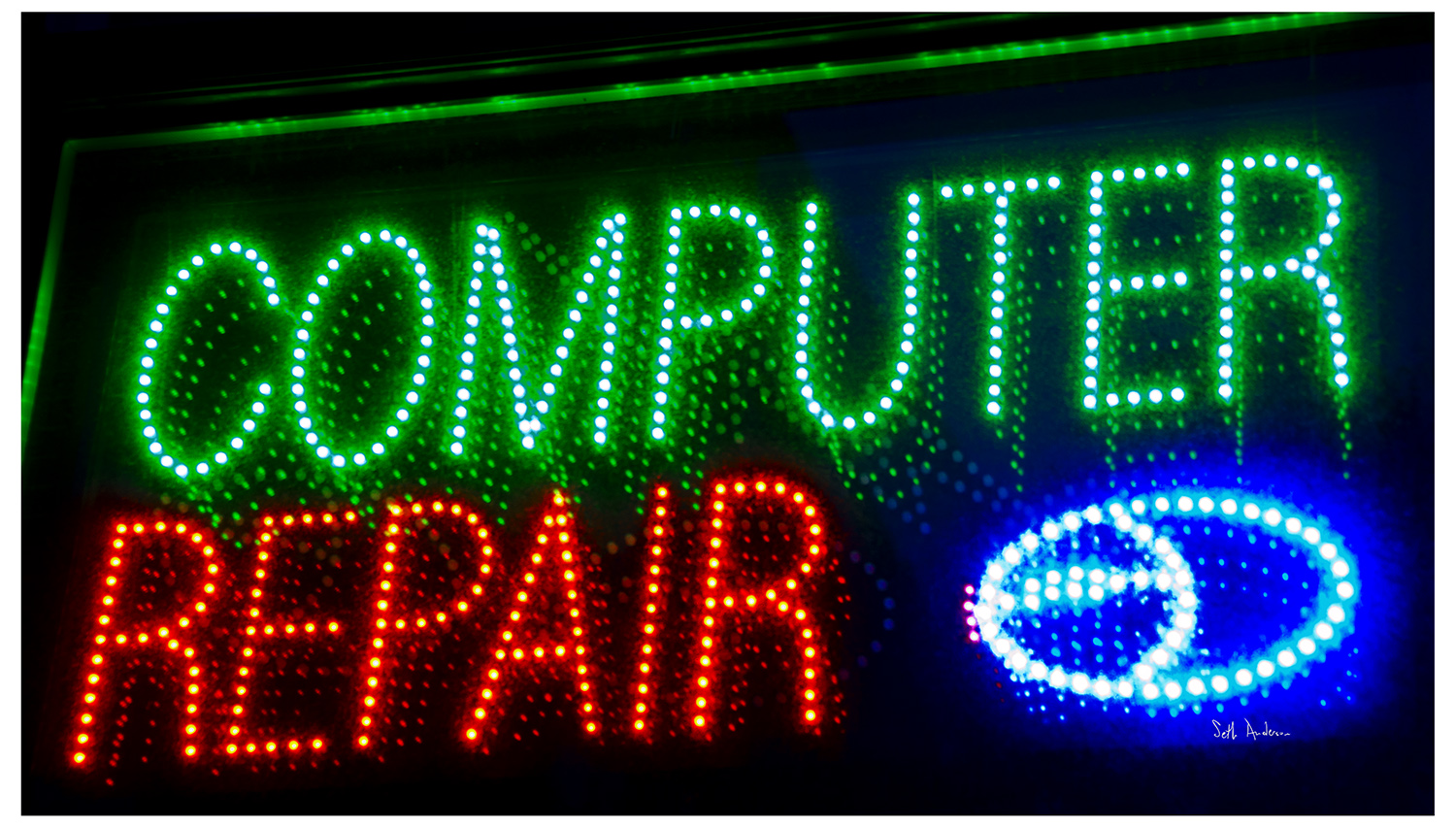Computer Field Recovery Kit
by David Kohanbash on August 21, 2014

Hi all
So I got a question about what I bring to the field with me when I am taking a robot out for testing. The simple answer is everything that I might need. Here is a list of the basics that a carry with me. I have a box labeled Computer Recovery Kit that I always keep complete and bring to all (remote/important) field tests.
– Spare hard disk (or memory card) – A spare drive for the computer in the robot. I try to clone the drive in the computer so that I have a new drive that I can plug and play if needed.
The basics of cloning a drive in Linux:
1. Remove the drive you want to clone from its computer.
2. Get a second drive to clone to (preferably same type and size as original drive, but at minimum the same size or larger). If you wish to clone to a file for use later or you only have one USB adapter see optional section below.
3. Get 2 USB <> Disk Drive adapters (SATA, PATA/ATA, etc..) and connect them to your computer and the 2 drives
4. Run the following command: dd if=/dev/sdb of=/dev/sdc bs=32M. if is the original drive you wish to copy. of is the new drive. If you mix up the drives for if and of you will erase everything on your good drive. Also the drives sdb or sdc might have a different name on your system (at least the last letter might be different).
5. Sit back, grab some coffee, or go home to bed. Cloning with dd is can be slower than other tools, however I find it works the best since it makes a bitwise copy of the entire drive.Optional:
– You can put the image direct into a file with dd if=/dev/hdb of=/image.img
– There are several ways that you can speed up step 4. For example you can try using bs=100M conv=notrunc,noerror,sync (or some subset) as the arguments.
– You can compress the image so it takes up less space if you want to just store it instead of making a direct copy.
To make the image: dd if=/dev/hdb | gzip -c > /image.img
To use the image: gunzip -c /image.img.gz | dd of=/dev/hdb
– USB Stick –With all programs or images that I might need to recover with.
– USB to hard drive converter –You never know when you will need to mount a drive onto your own computer to rescue files.
– USB to everything converter –They made these USB to almost everything converters that can mount, SD cards, memory cards, compact flash, etc… These are always good to have either for the robot, some test equipment, or somebodies camera.
– KVM to USB –I used to carry a monitor around every where I went, but that was heavy and annoying. After discovering this little thing I use it all the time. This lets you use your laptop in the field as the monitor, keyboard, and mouse for a remote computer. To the computer you connect to this looks just like any ordinary monitor, keyboard, mouse combination. The only downside is they can be a little expensive ($300-$600). The one I use is a Epiphan KVM2USB. It is nice since it works on Windows, Linux, and Mac (I know some people with Mac’s that had a hard time installing it). The only downside to this one is that it needs to be plugged in to external power (ie. into an inverter/generator/wall-outlet), with a quick Google search I found some that did not require external power but I have never used those. You should test whatever you buy with your computers BEFORE leaving for the field (this has the added benefit of you installing the software on your laptop in advance).


– Monitor, keyboard, mouse – I know I just spoke about the KVM to USB. But in case you do not have one you need to bring these along. You need to be careful since some older embedded computers will not work properly with a flat screen display and will want an old school CRT monitor. You can find some small CRT if you need to carry them around. Depending on your needs you can also get some really small keyboard/mouse combos such as this one.
– Ethernet Cables – You never know when you will need to connect to the robot, or to some external router. This has come in handy many times when the hotel only has wired internet and no wifi!
– Ethernet Couplers – Be prepared for when your ethernet cable is not long enough.
– USB to Serial (RS-232) Converters – Often you might need to connect to a piece of gear or computer with a serial interface. It is getting harder and harder to get a real serial (RS-232) port on new laptops. At the time I bought my laptop Dell only had two models with a serial port left (hence I got one of those models [Latitude E5510]).
– DB-9 Gender changers and Null Modems – This kind of goes with the above item about being prepared to talk with different serial devices.
I have had several drives fail during field tests, and being prepared has been critical for having succesful field tests.
Hope this helps and please comment below on things that are in your kit.
Image sources:
http://www.adafruit.com/products/922?gclid=Cj0KEQjwjtGfBRCN4-LU9ODG1-wBEiQAy_Xp734Cka07h4rZApcaMD-O9i09DYKH_cJjYowSm5TlfiAaApY98P8HAQ
http://upload.wikimedia.org/wikipedia/commons/e/ed/Computer_Repair_LED.jpg
http://www.epiphan.com/products/other-applications/kvm2usb/

